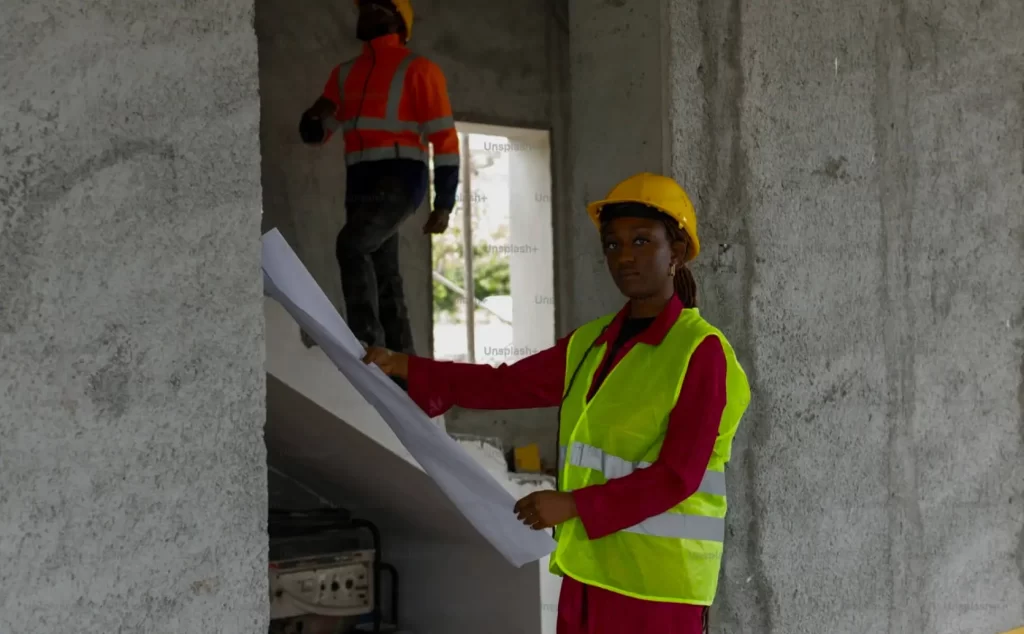In structural engineering and construction, ensuring the safety and integrity of infrastructure is a top priority. From bridges and high-rise buildings to metro rail systems and industrial facilities, these structures must be regularly inspected and maintained to keep them functioning safely and efficiently. However, traditional inspection methods often involve invasive techniques that can cause disruptions, delays, and even damage to the structures being tested.
Non-Destructive Testing (NDT) offers a revolutionary approach to structural inspection, allowing engineers to evaluate the condition of materials and components without causing any damage or downtime. In this blog post, we explore the benefits of NDT, how it works, and why it is the preferred choice for ensuring safety in modern infrastructure projects.
What is Non-Destructive Testing?
Non-Destructive Testing is a group of techniques used to evaluate the properties of materials, components, or entire structures without causing damage. Unlike destructive testing, where samples are taken from the structure and tested to failure, NDT methods leave the structure intact, allowing it to continue to operate while assessments are conducted.
NDT encompasses a variety of methods, each suitable for detecting specific types of defects or assessing particular materials. Common NDT techniques include ultrasonic testing, magnetic particle testing, radiographic testing, and visual inspections, all of which provide valuable insights into the health of a structure without disrupting its normal function.
The Advantages of Non-Destructive Testing
1. No Damage or Downtime
One of the most significant advantages of NDT is that it does not interfere with the operation of the structure being tested. For instance, in the case of an active metro rail system, inspections can be carried out without suspending service. This ensures that the structure remains fully operational, reducing downtime and avoiding costly delays.
2. Early Detection of Defects
NDT allows for the early detection of defects, such as cracks, corrosion, and voids, that may not be visible to the naked eye. By identifying potential issues before they become severe, NDT helps prevent costly repairs and accidents. Early detection is critical in maintenance planning, as it allows for timely interventions that extend the lifespan of infrastructure.
3. Cost Efficiency
While NDT may have an upfront cost associated with specialized equipment and trained personnel, the overall savings are substantial. By preventing unnecessary disruptions and reducing the need for more extensive repairs, NDT minimizes costs over the life of the structure. Additionally, NDT can help prioritize maintenance tasks, ensuring that resources are used efficiently.
4. Comprehensive Coverage
NDT methods can be applied to various materials and structures, including metals, concrete, composites, and more. This versatility makes it an ideal choice for inspecting a wide range of infrastructure types, from pipelines and pressure vessels to bridges and tunnels. With NDT, every part of a structure can be thoroughly examined for potential defects, providing comprehensive coverage and peace of mind.
Common Non-Destructive Testing Techniques
There are several widely-used NDT techniques, each designed to detect different types of flaws or assess the properties of various materials. Here’s a look at some of the most common methods:
1. Ultrasonic Testing (UT)
Ultrasonic testing uses high-frequency sound waves to detect internal flaws in materials. The sound waves are transmitted into the material, and their reflections are analyzed to identify any discontinuities or defects, such as cracks, voids, or inclusions. UT is particularly useful for inspecting welds, metal components, and concrete structures.
2. Magnetic Particle Testing (MT)
This technique involves applying a magnetic field to ferromagnetic materials, such as iron and steel. When a defect is present, it interrupts the magnetic field, causing magnetic particles to accumulate around the discontinuity, making it visible. Magnetic particle testing is commonly used to detect surface and near-surface defects in metal components.
3. Radiographic Testing (RT)
Radiographic testing uses X-rays or gamma rays to produce images of the interior of a structure. By analyzing these images, engineers can detect internal defects such as cracks, voids, and corrosion that may not be visible on the surface. Radiographic testing is often used for inspecting welds, pressure vessels, and pipelines.
4. Visual Inspection (VI)
Visual inspection is the most basic form of NDT and involves carefully examining the structure for visible signs of damage, wear, or defects. While visual inspection may seem straightforward, it is often complemented by advanced tools such as drones, borescopes, and digital imaging technologies to enhance accuracy and reach difficult-to-access areas.
5. Acoustic Emission Testing (AET)
This technique monitors the sound waves emitted by a material under stress. When a defect such as a crack or corrosion develops, it releases energy in the form of acoustic waves. By analyzing these waves, engineers can locate and assess the severity of the defect. Acoustic emission testing is highly effective for monitoring pressure vessels, storage tanks, and bridges.
Real-World Applications of Non-Destructive Testing
Non-Destructive Testing is used across various industries to ensure the safety and performance of infrastructure. Some notable applications include:
• Transportation Infrastructure: NDT plays a crucial role in maintaining railways, highways, and bridges by detecting fatigue cracks, corrosion, and other forms of structural deterioration. It ensures that these structures remain safe for public use while minimizing maintenance-related disruptions.
• Oil and Gas Pipelines: Regular NDT inspections are essential for detecting corrosion, leaks, and other defects in pipelines. By preventing potential failures, NDT helps protect the environment and avoid costly repairs and downtime.
• Aerospace Industry: Aircraft components undergo stringent NDT inspections to ensure structural integrity and passenger safety. Techniques such as ultrasonic testing and radiographic testing are widely used to detect any internal defects in critical parts.
• Power Generation: NDT is used to inspect components in nuclear and fossil fuel power plants, including pressure vessels, steam turbines, and heat exchangers. It ensures that these facilities operate safely and efficiently without compromising productivity.
The Future of Non-Destructive Testing
As technology advances, so does the potential of NDT. Innovations in digital imaging, robotics, and data analytics are transforming how inspections are conducted. For example, drones equipped with high-resolution cameras and sensors can access remote or hazardous locations for visual inspections. Meanwhile, artificial intelligence algorithms can automatically analyze inspection data to identify potential defects more quickly and accurately than ever before.
Furthermore, the integration of NDT with digital twins—virtual replicas of physical assets—enables engineers to simulate the behavior of structures under different conditions, further enhancing maintenance strategies and predictive maintenance capabilities.
Conclusion
Non-Destructive Testing is an essential tool for maintaining the safety and performance of modern infrastructure without causing disruption. It enables early detection of defects, minimizes downtime, reduces costs, and provides comprehensive coverage across various industries. As technology continues to evolve, NDT will remain at the forefront of structural engineering, helping to keep our infrastructure safe and reliable for generations to come.

